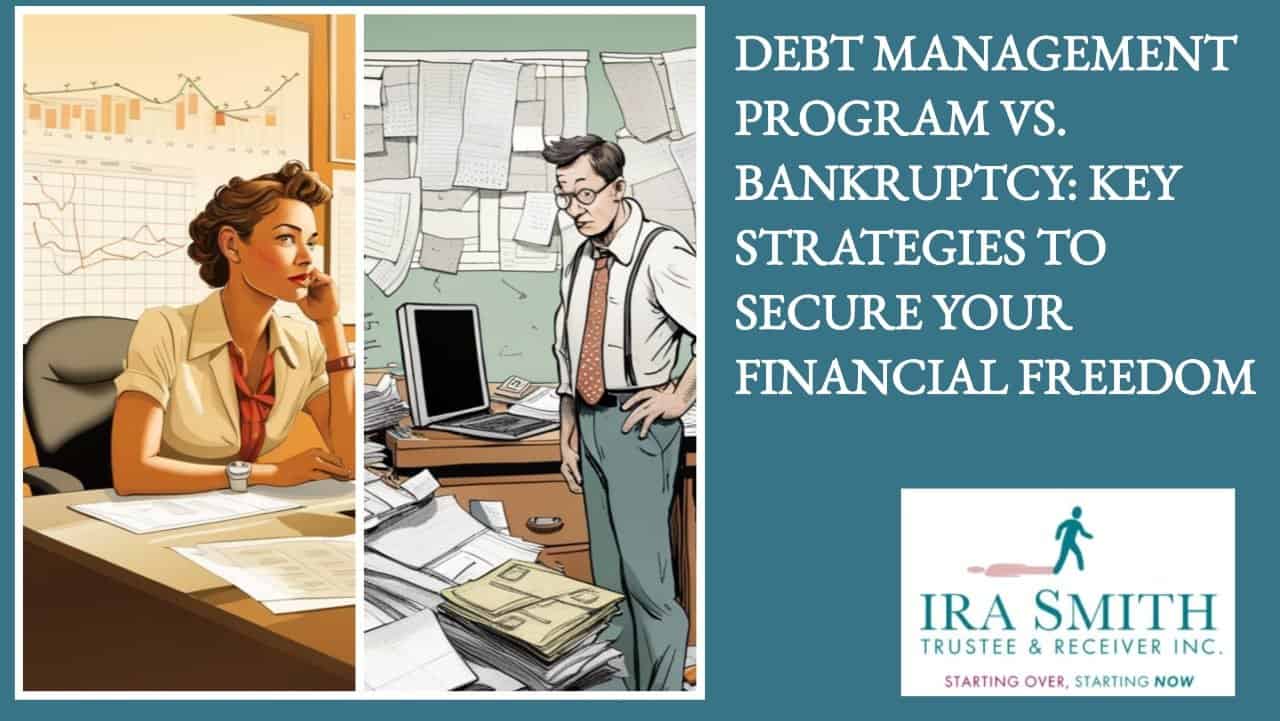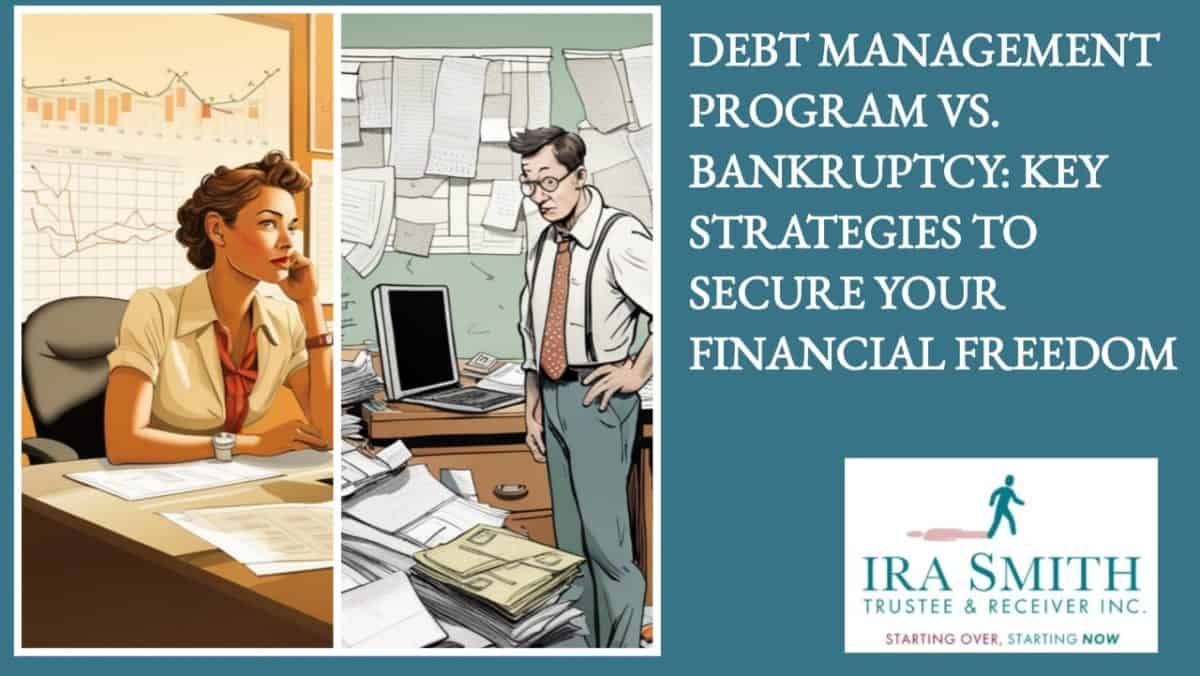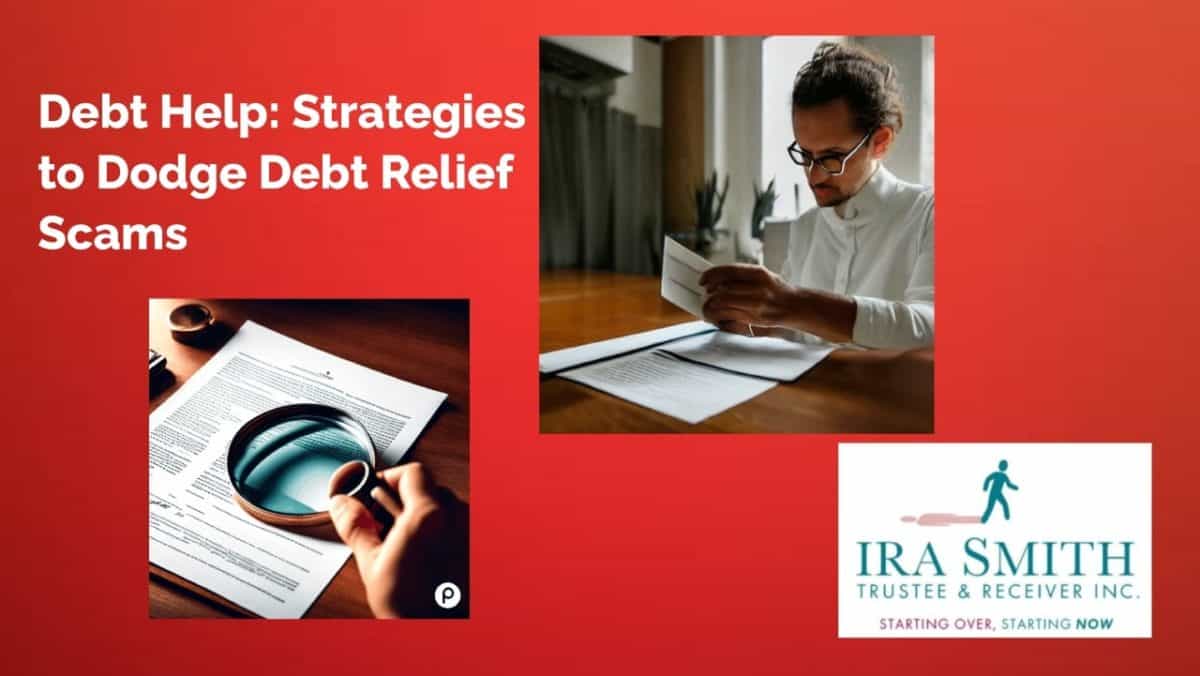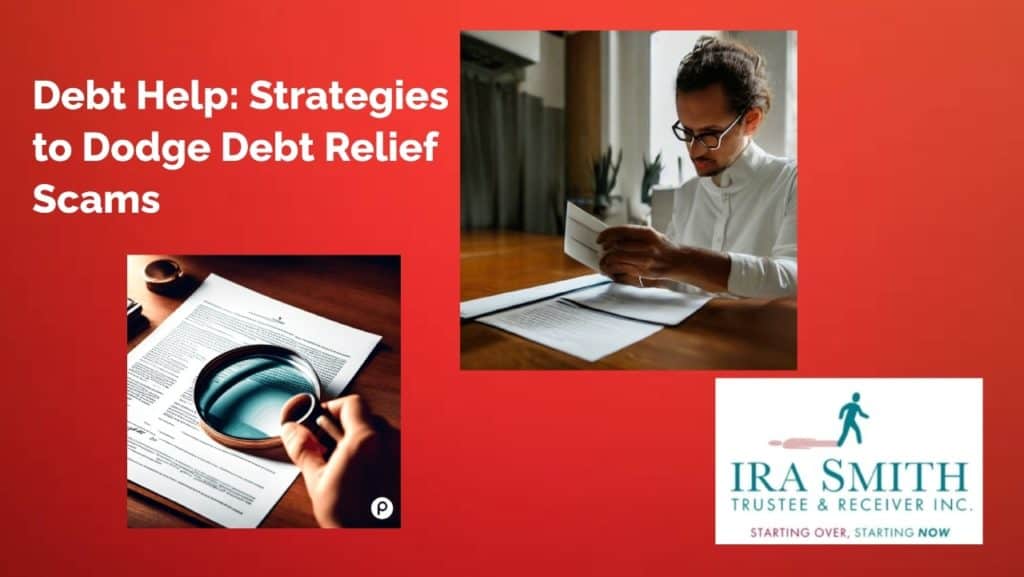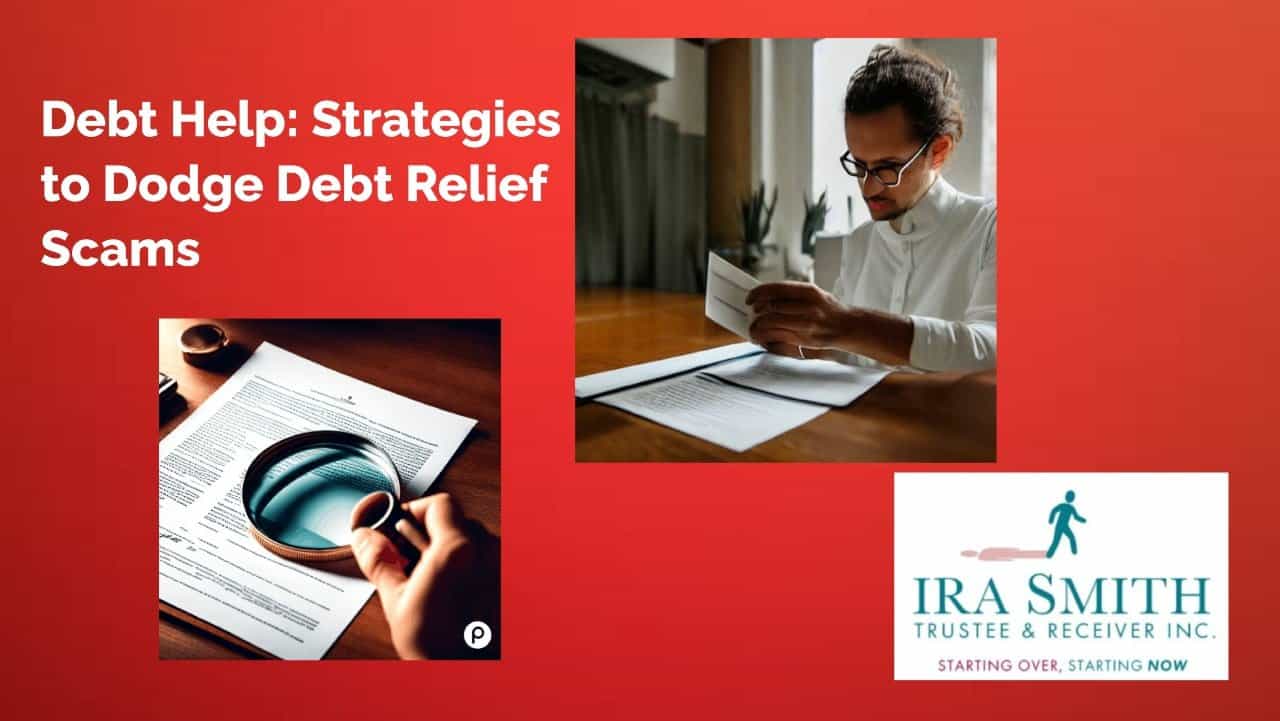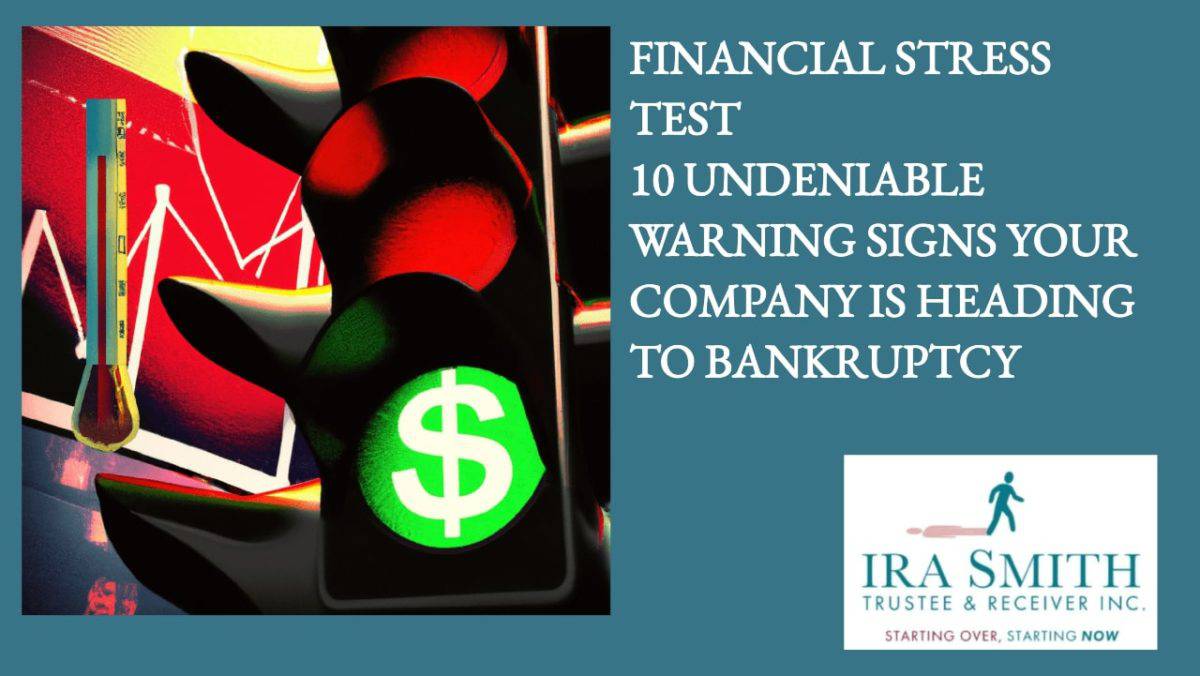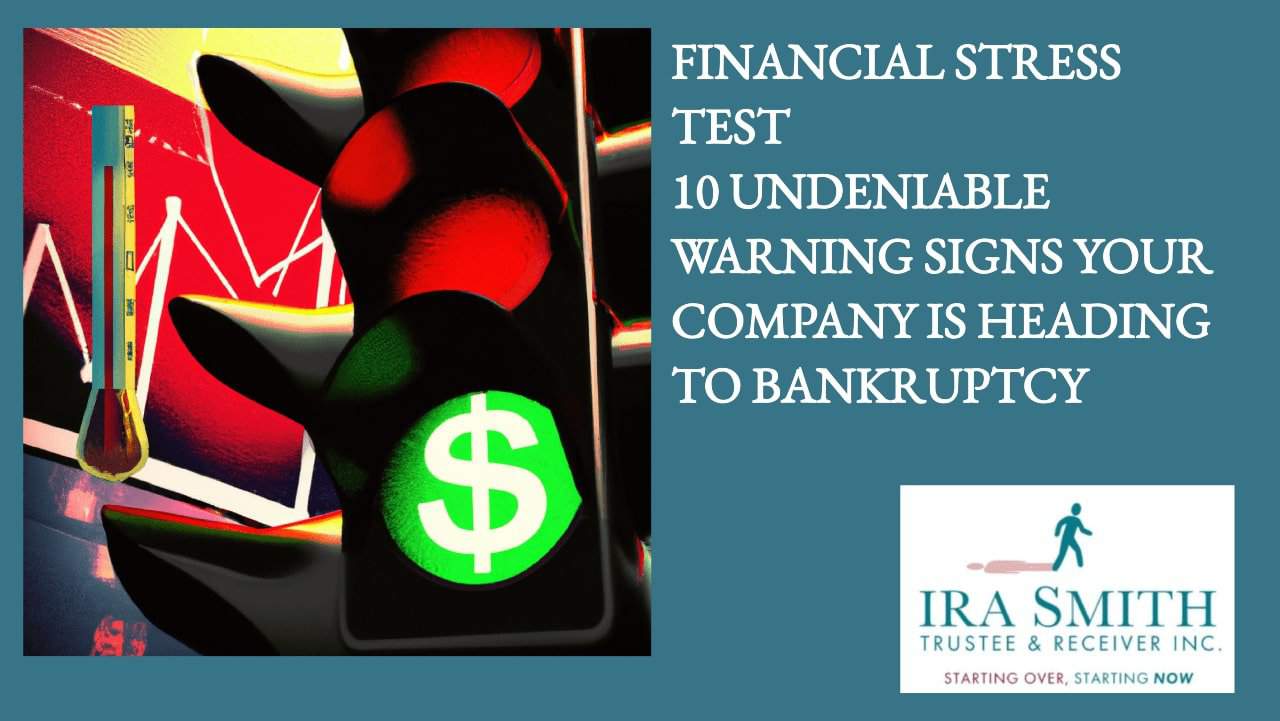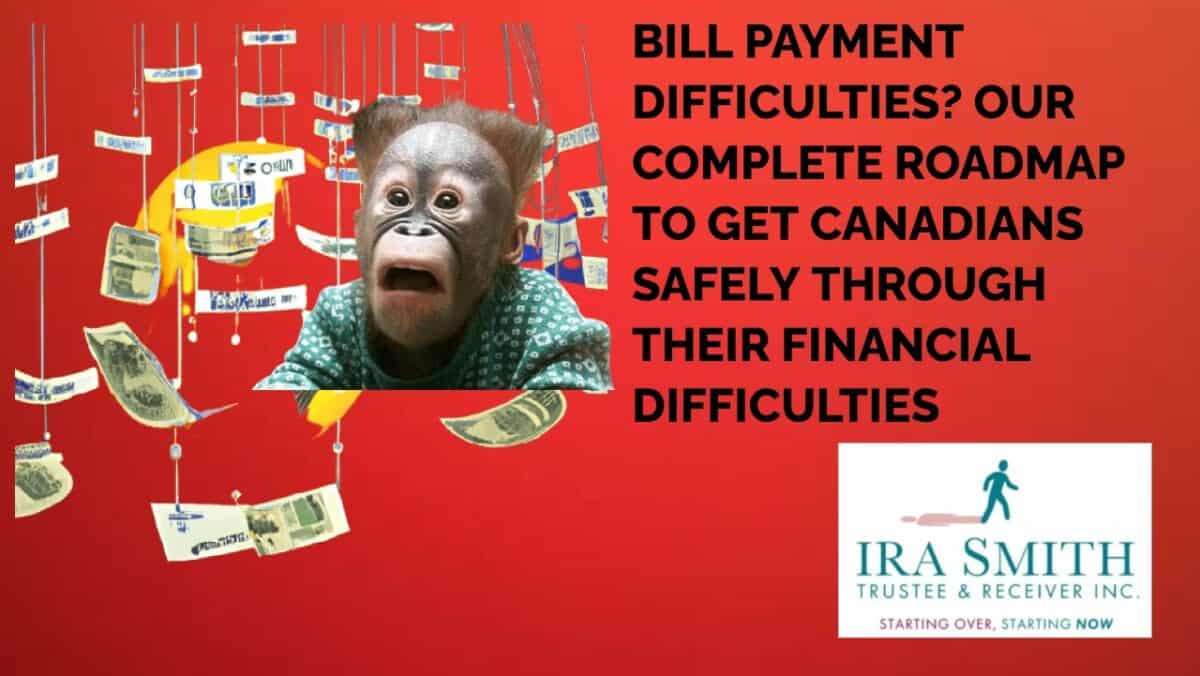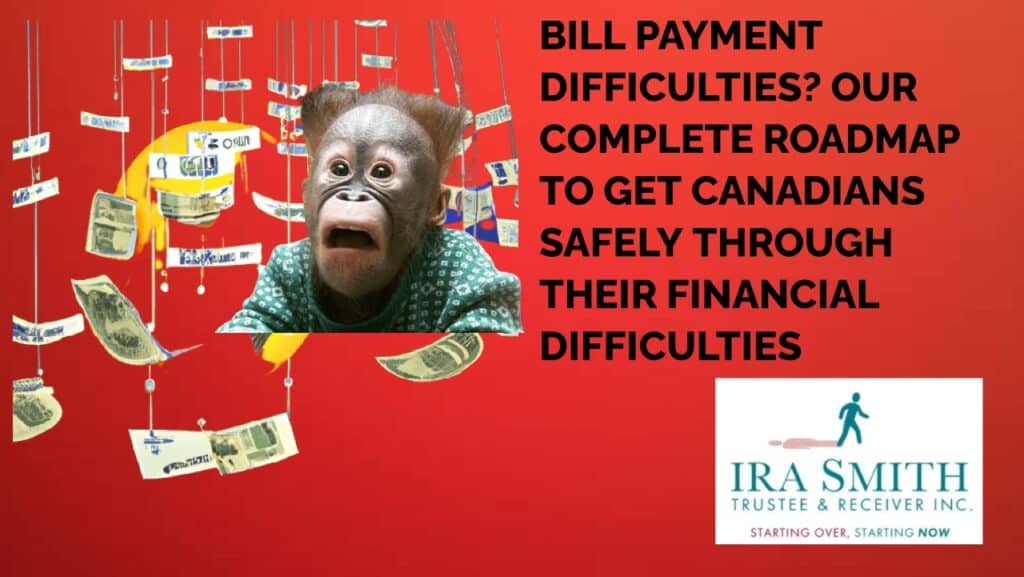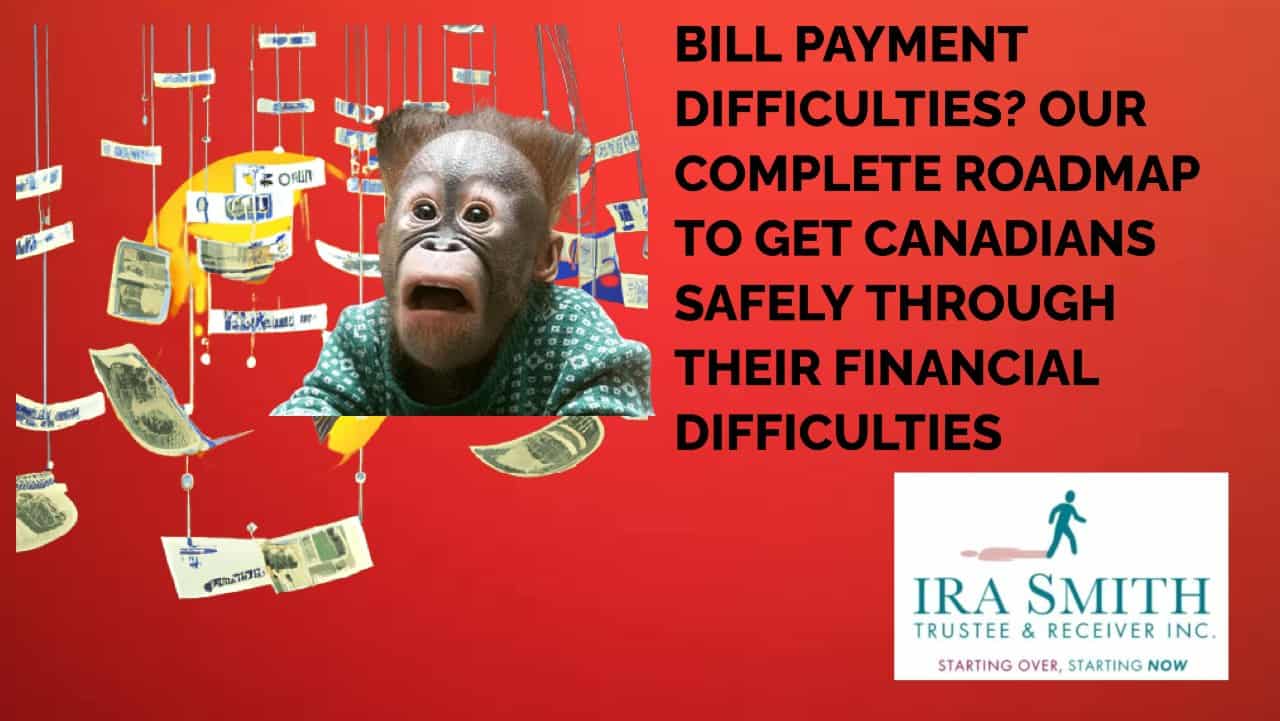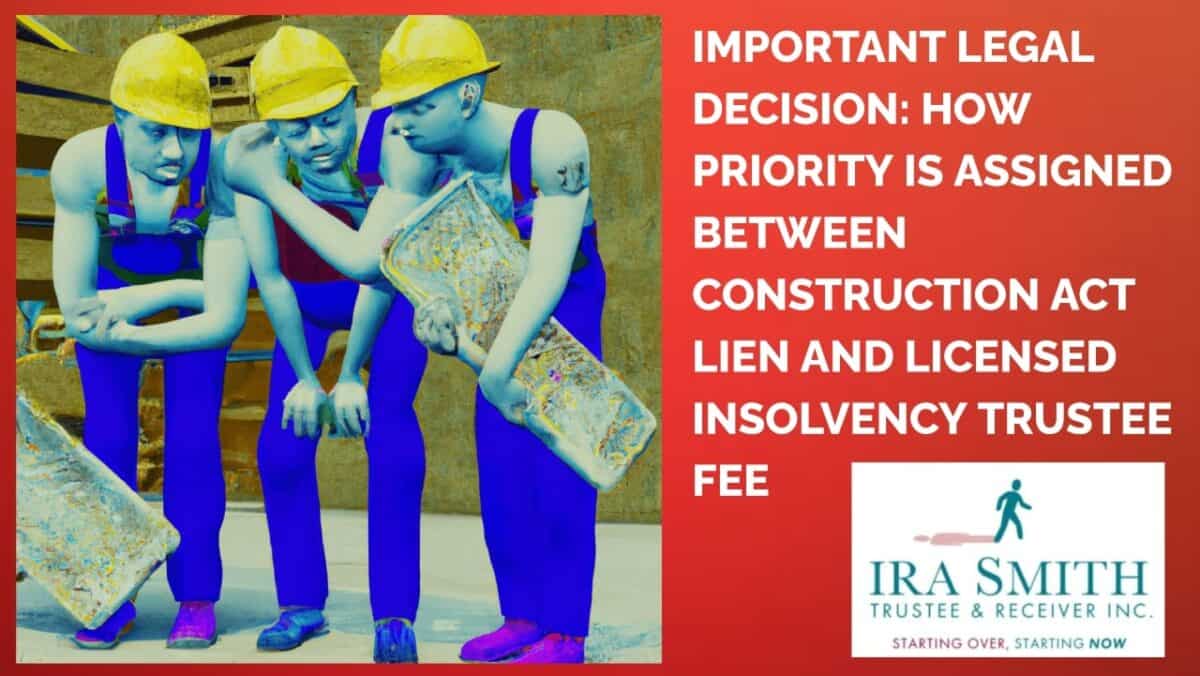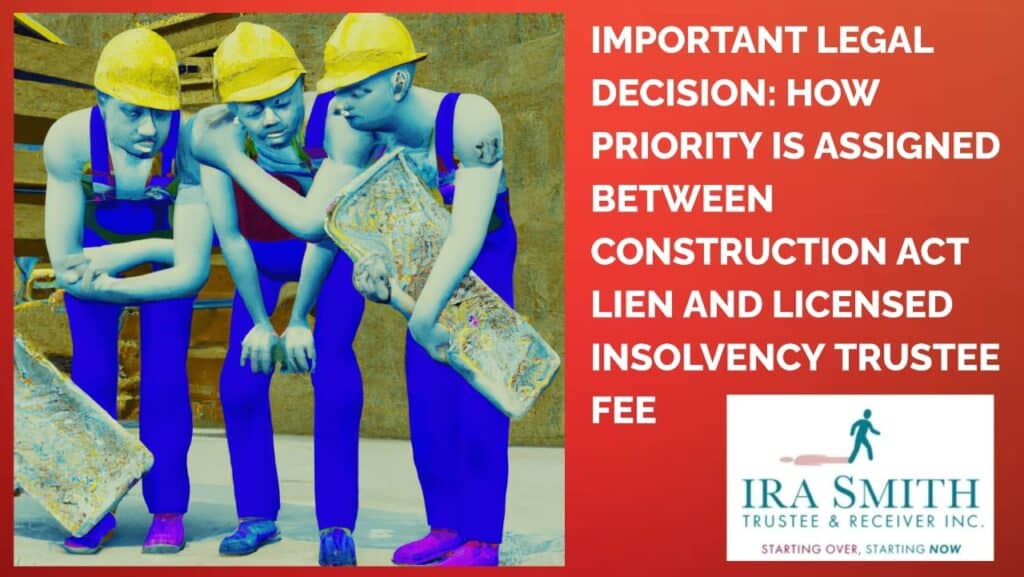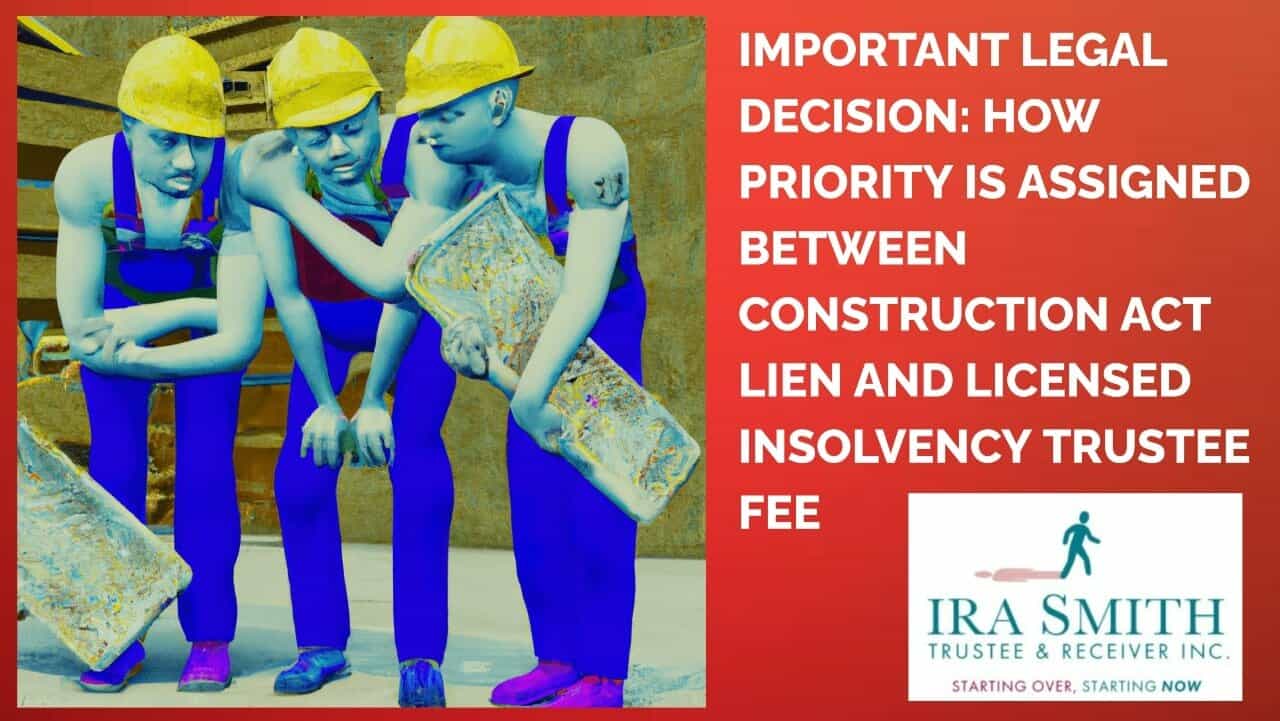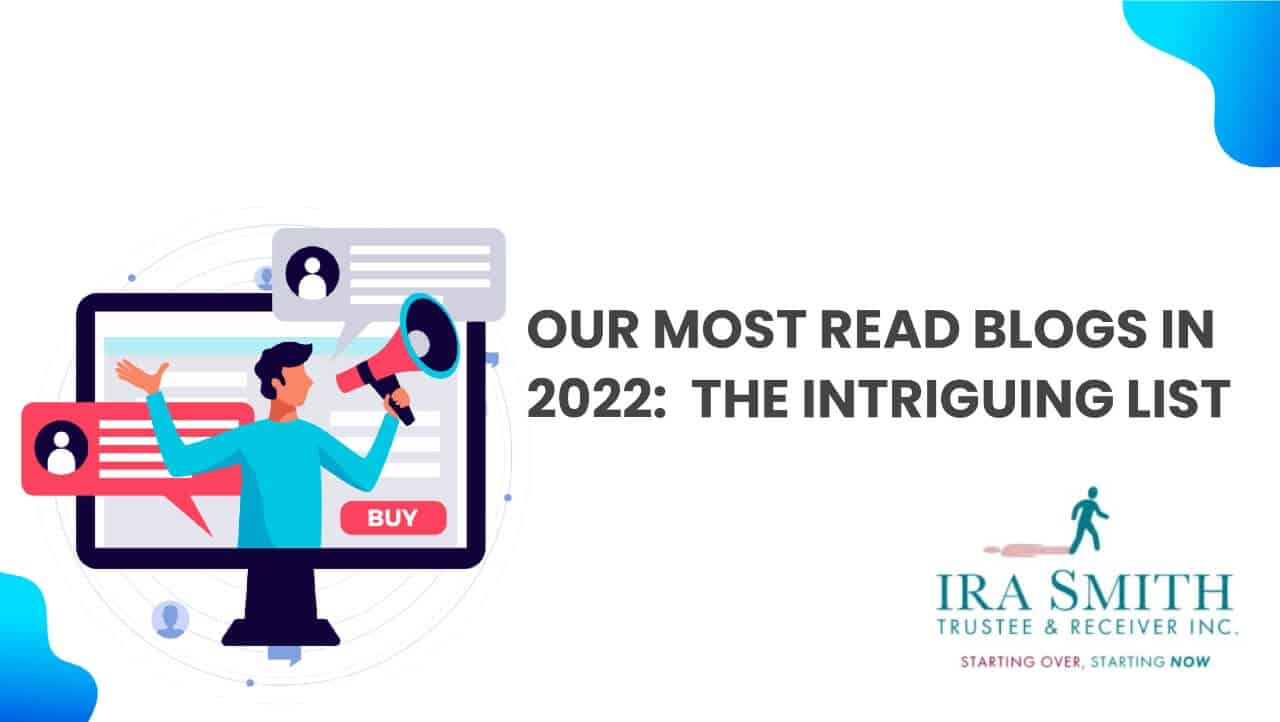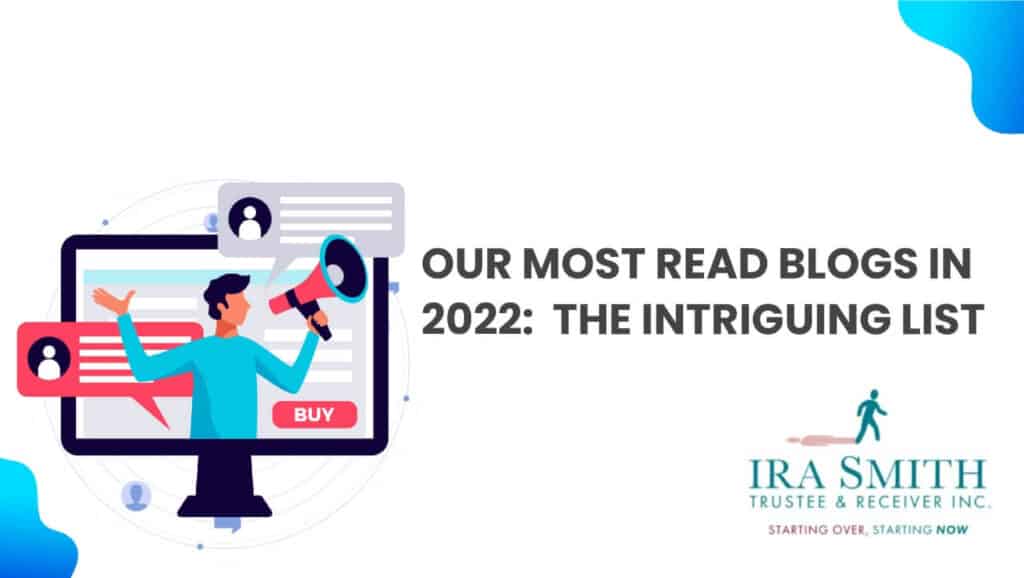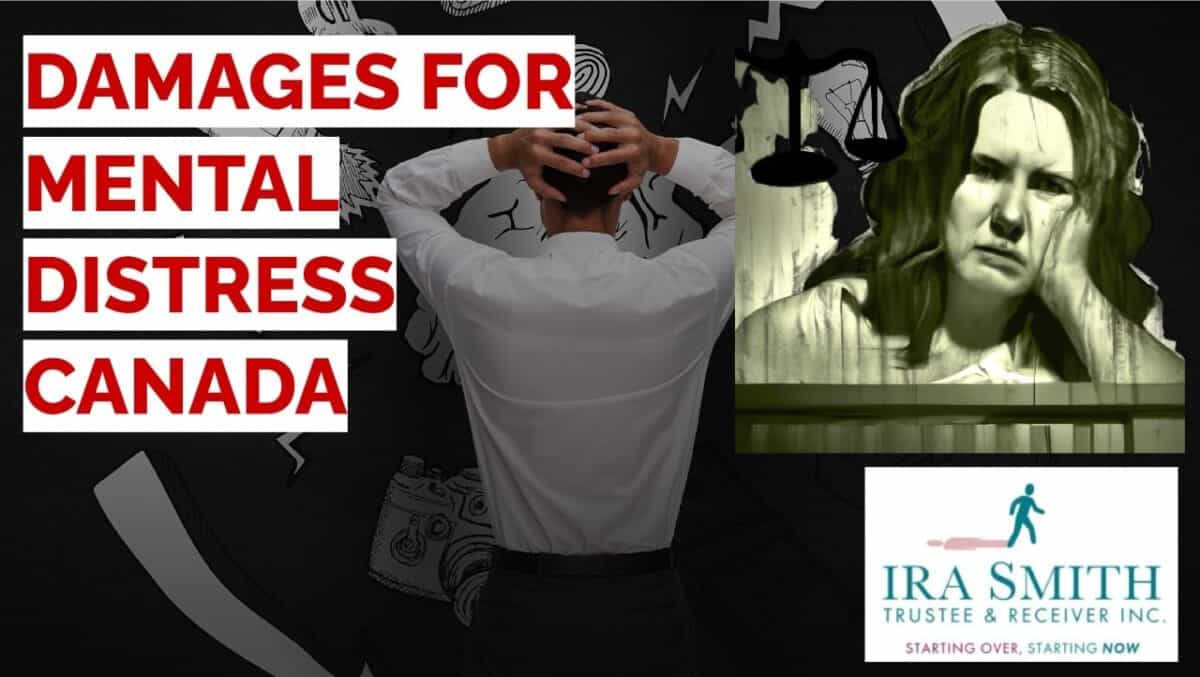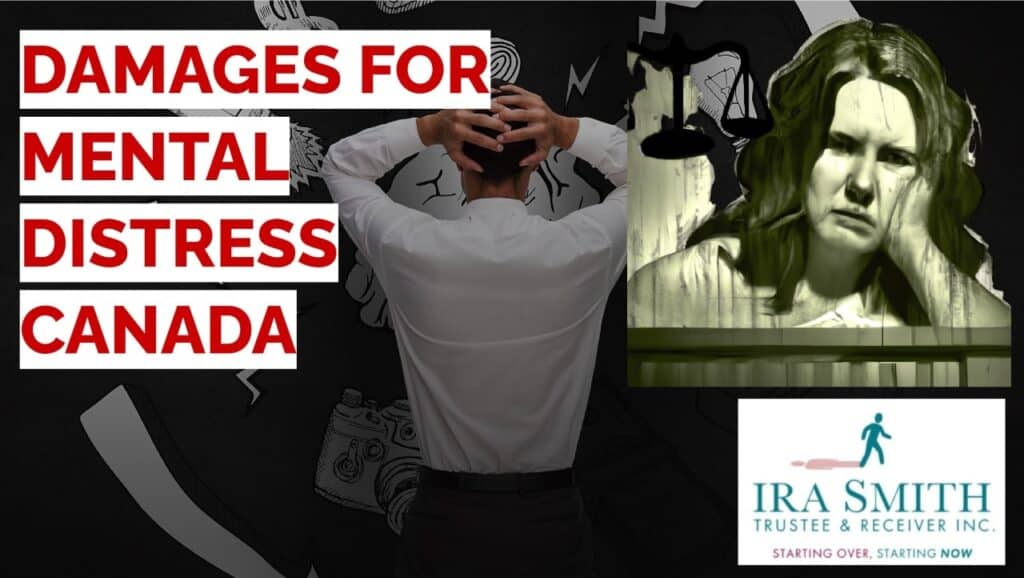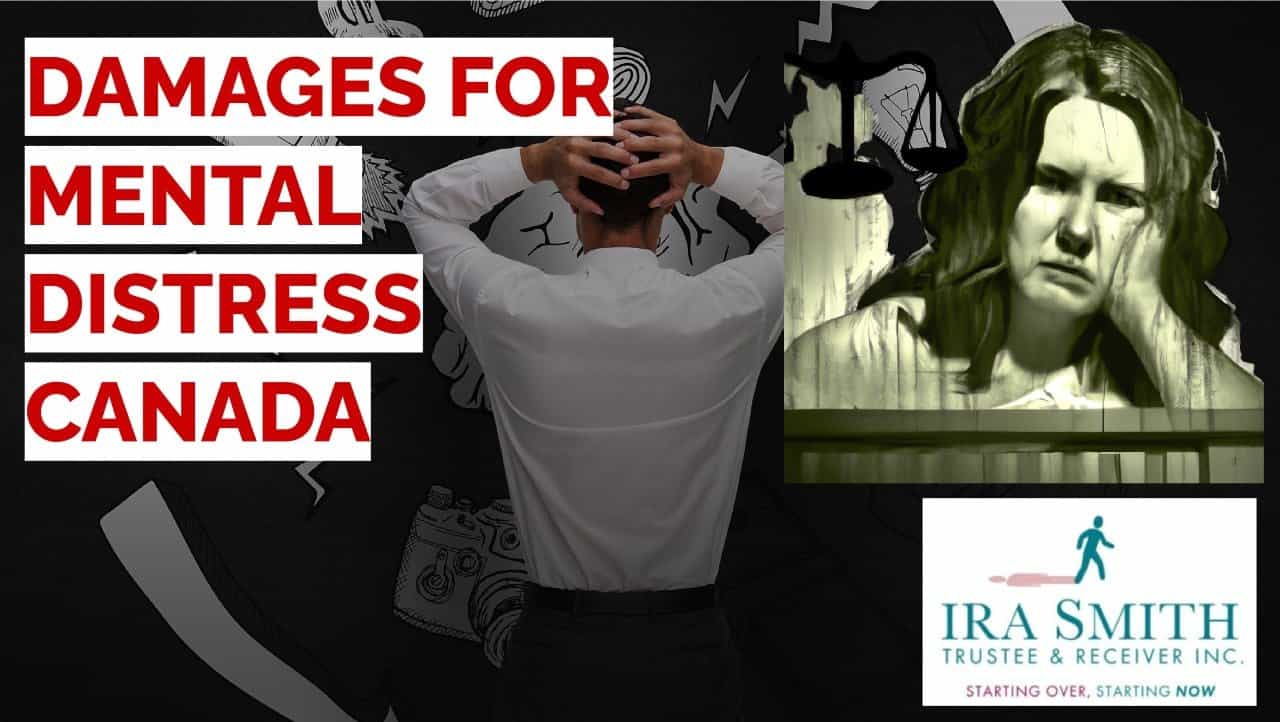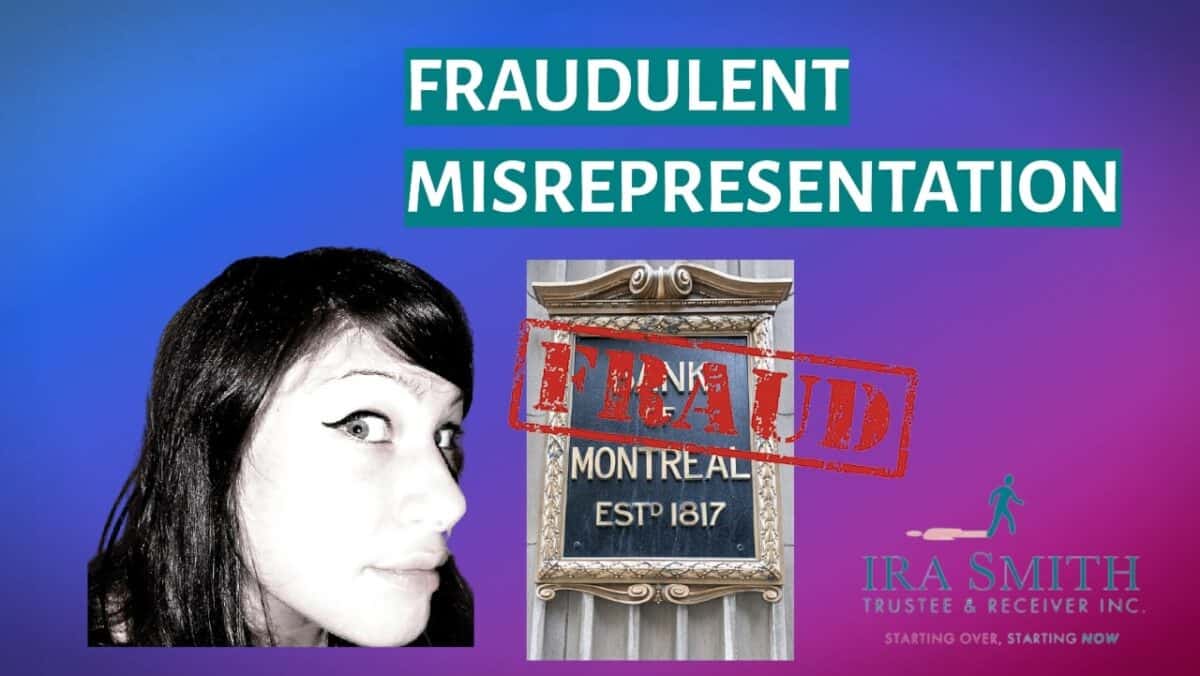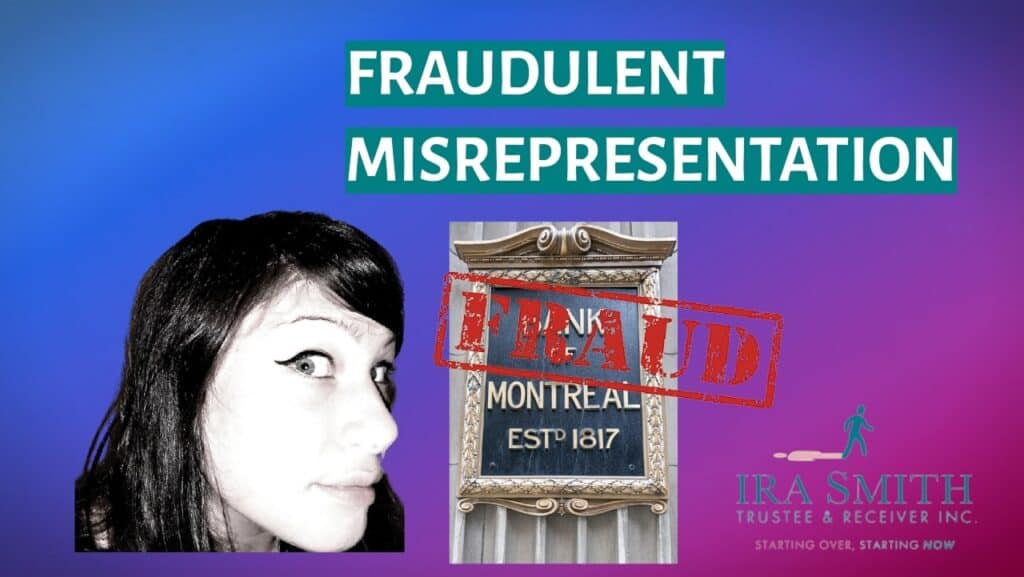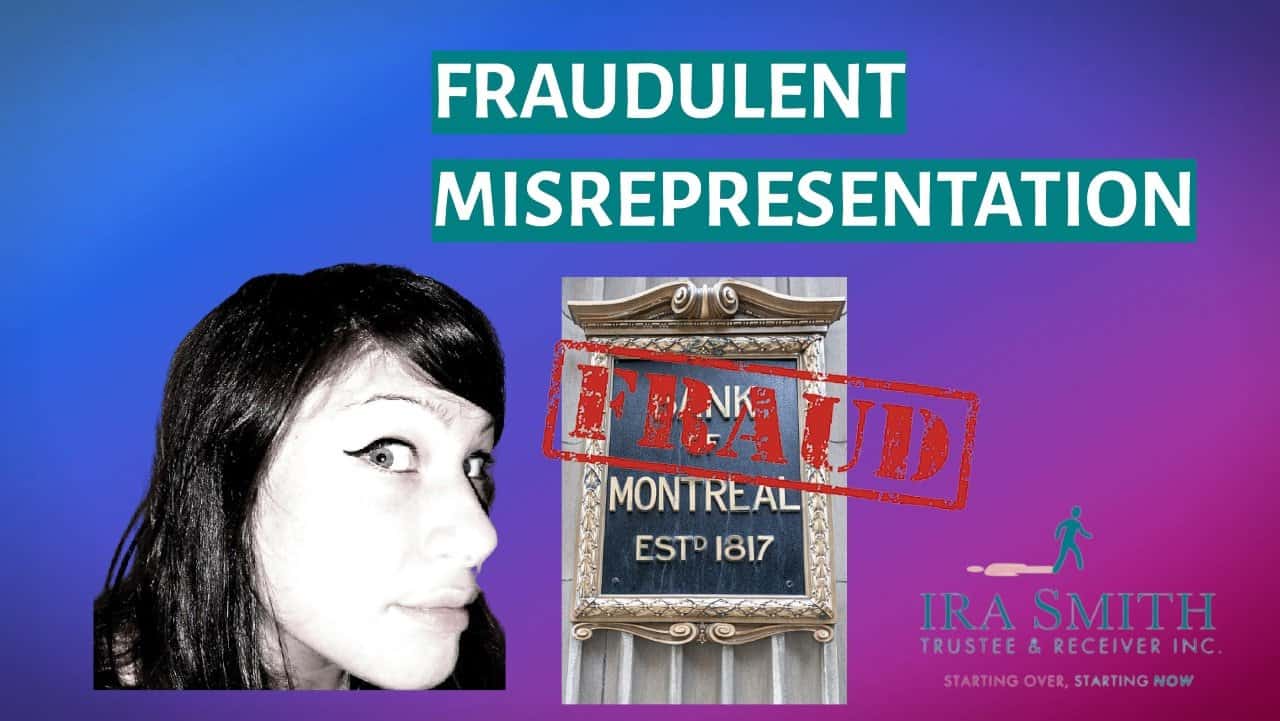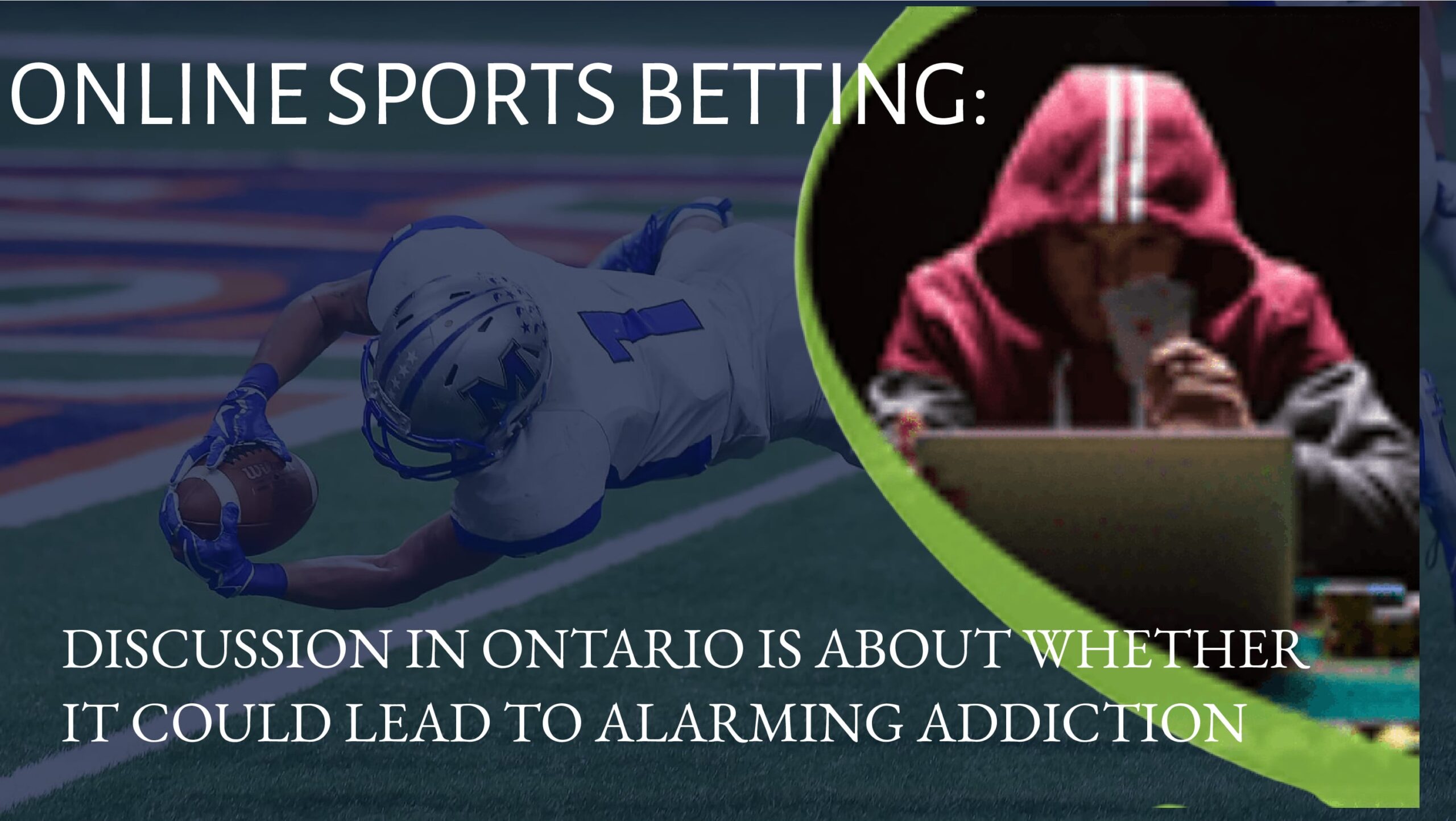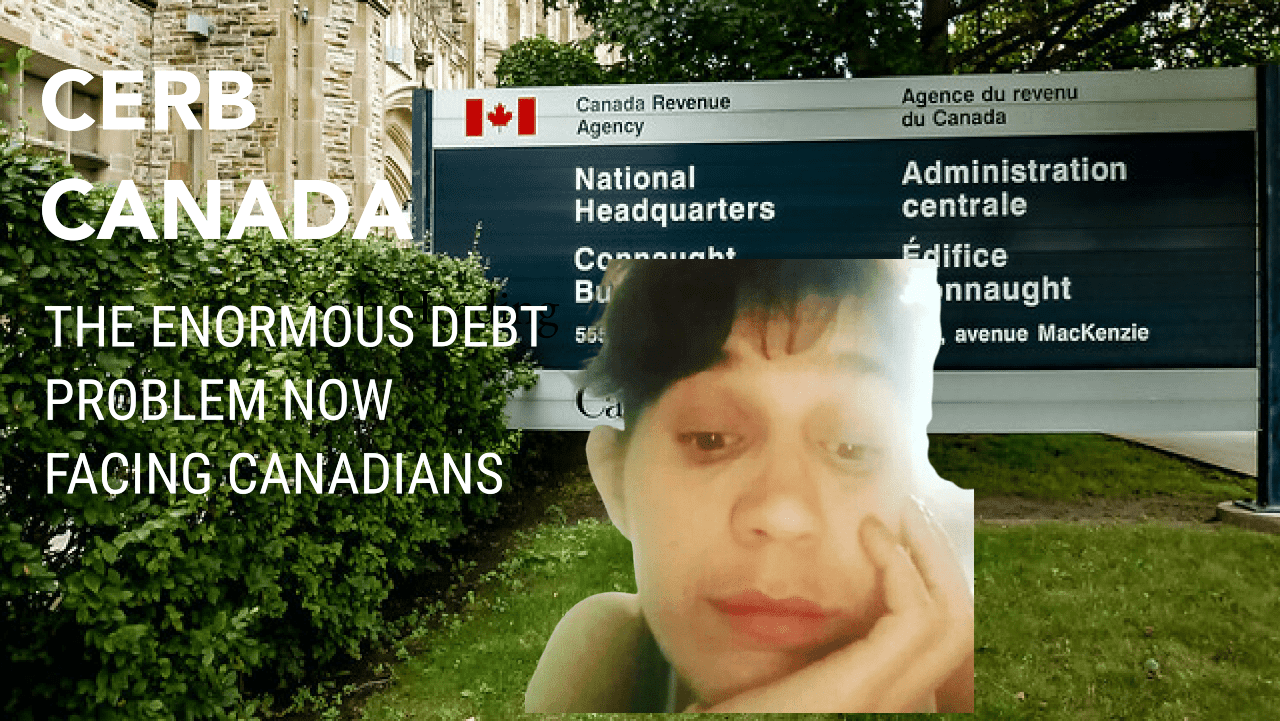Debt Management Program: Introduction
Are you drowning in credit card debt, tax debt or any other debt and feeling overwhelmed by mounting interest charges? Are you behind in some or all of your debt payments? Is there a collection agency hounding you? It’s a common struggle, especially with the recent increases in interest rates. But fear not, there are debt relief options available to help you regain control of your finances. Two popular choices are a debt management program and bankruptcy, but there are key differences to consider.
In this Brandon’s Blog post, we will explore the differences between these two options and guide you on how to choose the right one for your unique financial situation. Read on to discover the path to financial freedom.
Understanding a Debt Management Program
A debt management program offers a way to pay off high-interest credit card balances without resorting to bankruptcy. However, it’s important to note that a debt management program may not be the best solution for everyone. It is most effective when your debt amount is manageable and you have assets you want to protect.
If you find yourself in this situation, a debt management plan can help you lower your overall payment to a more affordable amount, without the need for legal filings or interventions. This means you can keep your valuable possessions, such as homes, cars, and other assets. Additionally, debt relief allows for a more gradual approach, giving you the flexibility to regain your financial footing over time.
Is a debt management program right for you?
When you find yourself overwhelmed by debt, exploring debt management program options may provide a much-needed solution. However, determining whether a debt management plan is ideal for your situation requires careful consideration.
Debt Amount Consideration
A debt management program tends to be most effective when your debt amount is manageable. While the specific threshold varies depending on individual circumstances, having a debt level that you can realistically work to pay off over time is typically more conducive to successful debt management program outcomes.
You also need to separate secured debt from unsecured debt. Secured debt is what its name sounds like. The debt is secured against one or more of your assets, such as an auto loan. If you need the asset and its value is greater than the amount of debt against it, the secured lender will not be motivated to amend the amount you owe.
No Legal Filings Required
One of the key advantages of a debt management program is that it generally does not necessitate any legal filings or interventions. This streamlines the process and makes it more accessible to individuals seeking relief from their financial burdens. By avoiding legal procedures, a debt management program can offer a more straightforward and efficient path to debt resolution.
Use of Credit and Affordability
A debt management program allows you to continue using credit while you work towards repaying your debts. This can be particularly beneficial for maintaining essential expenses and managing unexpected costs during the debt management program process. Additionally, a debt repayment program often offers an affordable and gradual approach to debt repayment, making it suitable for individuals looking to regain financial stability without experiencing overwhelming financial strain or having the negative impact on your credit score that happens with bankruptcy.
Overall, the decision to pursue a debt management program should be based on a comprehensive evaluation of your financial situation and goals. By considering factors such as the amount of debt you owe, the convenience of the process, and the affordability of the options available, you can determine whether a debt management program aligns with your needs and priorities.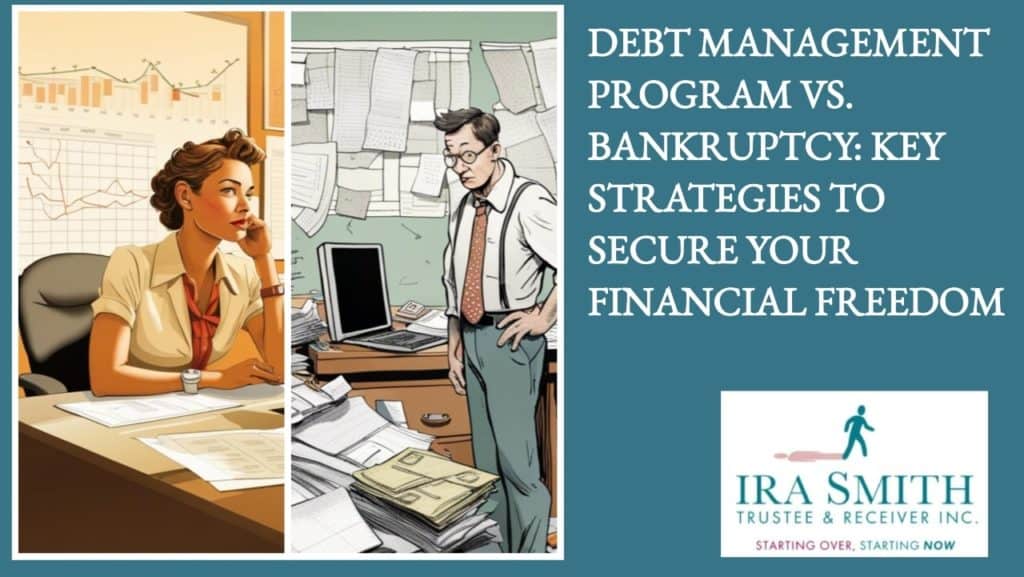
Debt Management Program: Considering Bankruptcy
A bankruptcy filing, on the other hand, provides a more immediate solution for those facing crushing debt loads. It can be the right choice when you owe significant amounts of credit card debt, unsecured personal loans, or other unsecured debts that far exceed your means. The bankruptcy process offers unparalleled debt elimination, but it comes with serious trade-offs.
Your credit score may be negatively impacted for a period of seven to ten years, making it a less favourable option if you have good or marginal credit and owe only a few thousand dollars. However, if your credit is already severely impaired, filing bankruptcy may be a quicker and more efficient way to resolve your debt burdens.
Is bankruptcy right for you?
Bankruptcy is a difficult financial decision that many individuals may consider when they find themselves overwhelmed by debt and unable to manage their financial obligations. While bankruptcy is a serious process under the Bankruptcy and Insolvency Act (Canada) with long-term consequences, it can also provide a fresh start for those in dire financial circumstances.
Relief from Crushing Debt Load
One of the primary reasons individuals opt for bankruptcy is the overwhelming burden of debt they carry. When debts become unmanageable, it can lead to constant stress, sleepless nights, and strained relationships. Filing for bankruptcy can provide relief by allowing individuals to eliminate or restructure their debts to a more manageable level.
By working with a Licensed Insolvency Trustee (LIT), individuals can develop a repayment plan or proceed with liquidating assets to pay off debts. This process can help individuals regain control of their finances and start anew with a more sustainable financial future.
Solution for Badly Damaged Credit
For individuals with severely damaged credit, bankruptcy can offer a way to address their financial challenges and start rebuilding their credit history. While bankruptcy harms credit scores initially, it also provides an opportunity for a fresh start.
By discharging debts through bankruptcy, individuals can eliminate the burden of overdue payments and past defaults that have been dragging down their credit rating. With a clean slate, individuals can gradually rebuild their credit by managing new credit responsibly and demonstrating improved financial habits.
Quick Resolution and Legal Protections
Unlike other debt management program options, bankruptcy offers a relatively quick resolution to financial problems. Depending on the type of bankruptcy filed, individuals can receive a discharge of their debts within less than 1 year to a few years, depending on the circumstances. This allows them to move forward without the weight of excessive debts.
Keep in mind that your discharge of debt does not take place until you are discharged from your bankruptcy. A few kinds of debt cannot be discharged through bankruptcy, but most people get their entire debt discharged.
Additionally, bankruptcy provides legal protections against creditors, wage garnishment, and foreclosure. Once an individual files for personal bankruptcy, an automatic stay goes into effect, preventing creditors from taking collection actions such as wage garnishment or repossession of assets.
This legal protection can provide individuals with much-needed relief and breathing room to address their financial situation. The downside of bankruptcy of course is that your non-exempt assets must be turned over to the Trustee to be sold.
The only Debt Management Program Approved By The Canadian Government
There is only one debt management program approved by the Canadian Government and it is an excellent option for those with a steady income. This government-approved form of debt relief is called a consumer proposal. It is the only government-approved debt settlement plan available in Canada and is an alternative to a liquidation bankruptcy. It is not as drastic as personal bankruptcy but has most of the bankruptcy protection elements making it more potent than in a debt management program.
A consumer proposal is a legal process also under the BIA designed to help individuals settle their debts with creditors in a manageable way. It provides a structured framework for debt repayment while offering protection from creditors’ collection actions. Let’s delve deeper into the key aspects of a consumer proposal.
Legal Process to Settle Debts with Creditors
When an individual is struggling with overwhelming debt and is unable to keep up with payments, a consumer proposal can be a viable solution. This process involves working with a LIT to create a formal proposal to creditors outlining a revised payment plan. The proposal typically includes an offer to repay a portion of the total debt over a set period, based on the individual’s financial situation.
Once the consumer proposal is submitted to the creditors, they have the opportunity to review and vote on the proposal. If the majority of creditors accept the terms of the proposal, it becomes a legally binding agreement, and the individual is bound to fulfill the revised payment plan.
Allows Debtor to Make a Formal Proposal to Creditors
One of the key benefits of a consumer proposal is that it allows debtors to take an active role in addressing their financial difficulties. Instead of facing aggressive collection actions from creditors or considering bankruptcy as the only option, individuals can work with a LIT to craft a proposal that is fair and feasible for both parties.
By making a formal proposal to creditors through a consumer proposal, debtors have the opportunity to demonstrate their commitment to repaying their debts in a structured manner. This not only helps in resolving financial issues but also allows individuals to regain a sense of control over their financial future.
Provides Protection from Creditors’ Collection Actions
Like bankruptcy, one of the significant advantages of opting for a consumer proposal is the protection it offers from creditors’ collection actions. Once the proposal is filed, an automatic stay of proceedings is initiated, which prevents creditors from pursuing legal actions, such as wage garnishments or asset seizures, against the debtor.
This protection provides individuals with relief from the constant stress and pressure of dealing with aggressive collection attempts. It allows them to focus on adhering to the terms of the consumer proposal and working towards becoming debt-free without the fear of immediate consequences from creditors.
In conclusion, a consumer proposal is a valuable tool for individuals facing overwhelming debt and seeking a structured way to settle their obligations with creditors. By understanding the legal process, the opportunity it provides to make a formal proposal, and the protection it offers from debt collectors’ collection efforts and legal actions, individuals can make informed decisions to improve their financial situation and work towards a debt-free future.
Meeting with a nonprofit credit counsellor to assess your financial situation
Consider credit counseling sessions with a certified nonprofit credit counsellor for expert recommendations. If you’re unsure about the best course of action to take regarding your debt, seeking advice from a certified nonprofit credit counselor can provide invaluable insights. These professionals working at a nonprofit credit counseling agency can assess your financial situation, provide personalized recommendations, and guide you toward effective debt management strategies.
WARNING: Stay away from for-profit debt settlement companies. A nonprofit credit counselor or a bankruptcy trustee can provide you with the same advice at no charge.
Choose between a debt management program or bankruptcy based on your specific circumstances
When deciding between a debt management program and bankruptcy, several factors should be taken into account. First, carefully assess your full financial situation and long-term goals. Consider the amount of debt you owe, your ability to make payments, and the impact on your credit score.
If you have assets you want to protect and prefer a more affordable and gradual approach, a debt management program might be the better option. On the other hand, if you are facing wage garnishment, or foreclosure, or need a quicker resolution, bankruptcy may be the right debt solution choice for you.
A consumer proposal or bankruptcy can be a viable option for individuals facing insurmountable debt, damaged credit, and the threat of financial instability. While it is a significant decision with long-lasting consequences, bankruptcy offers a path to financial relief, a fresh start, and legal protections against creditor actions.
It is essential for individuals considering bankruptcy to seek the advice of a financial advisor or bankruptcy professional to fully understand their options and make an informed decision about their financial future.
Debt Management Program: The bottom line
When it comes to managing debt, making informed decisions is crucial. Here are some key takeaways to help you navigate this challenging situation:
- Carefully assess your financial situation and long-term goals.
- Before taking any steps toward resolving your debt problems, it’s essential to have a clear understanding of the current financial position of your assets and all your outstanding debts.
- Take stock of your monthly income and living expenses, so that you can create an accurate monthly budget to see where your money is being spent. Don’t forget to deduct from your monthly income your actual income taxes deducted from your monthly pay.
Debt Management Program: Conclusion
Assess your finances and goals, seek advice from a nonprofit credit counselor, and decide between a debt management program, consumer proposal or bankruptcy based on your specific circumstances. You can also have a no-cost consultation with a LIT to get personalized advice and find out how a consumer proposal or bankruptcy would work in your specific situation.
Dealing with overwhelming debt is no easy task, but there is hope. By understanding the differences between a debt management program, consumer proposal and bankruptcy, you can choose the right option for your financial situation. A debt management program offers a manageable and gradual approach, protecting your assets while you work towards becoming debt-free.
Bankruptcy, on the other hand, provides a quicker resolution and is best suited for those with significant debt loads and impaired credit. Remember to carefully evaluate your circumstances and consult with an expert if needed. With the right choice and determination, you can pave the way to a brighter financial future. Don’t let debt hold you back any longer – take control today and improve your financial health and your life.
I hope you enjoyed this debt management program Brandon’s Blog. Individuals and business owners must take proactive measures to address financial difficulties, consumer debt and company debt and promptly seek assistance when necessary. It is crucial to recognize that financial stress is a prevalent concern and seeking help is a demonstration of fortitude, rather than vulnerability. Should you encounter challenges in managing your finances and find yourself burdened by stress, do not delay in pursuing aid.
Revenue and cash flow shortages are critical issues facing people, entrepreneurs and their companies and businesses with debt problems that are in financial distress. Are you now worried about just how you or your business are going to survive? Are you worried about what your fiduciary obligations are and not sure if the decisions you are about to make are the correct ones to avoid personal liability? Those concerns and more associated with your company debt are obviously on your mind.
The Ira Smith Team understands these financial health concerns. More significantly, we know the requirements of the business owner or the individual who has way too much financial debt. You are trying to manage these difficult financial problems and you are understandably anxious.It is not your fault you can’t fix this problem on your own and it does not mean that you are a bad person. The pandemic has thrown everyone a curveball. We have not been trained to deal with this. You have only been taught the old ways. The old ways do not work anymore.
The Ira Smith Team uses innovative and cutting-edge methodologies, to adeptly navigate you through the intricacies of your financial challenges ensuring a resolution to your debt-related predicaments without resorting to the rigours of the bankruptcy process. We can get you debt relief now! We have helped many entrepreneurs and their insolvent companies who thought that consulting with a Trustee and receiver meant their company would go bankrupt. On the contrary. We helped turn their companies around through financial restructuring.We look at your whole circumstance and design a strategy that is as distinct as you are. We take the load off of your shoulders as part of the debt settlement strategy we will draft just for you.
The Ira Smith Trustee & Receiver Inc. team understands that people facing money problems require a lifeline. That is why we can establish a restructuring procedure for you and end the discomfort you feel.Call us now for a no-cost consultation. We will listen to the unique issues facing you and provide you with practical and actionable ideas you can implement right away to end the pain points in your life, to begin your debt-free life, Starting Over, Starting Now.